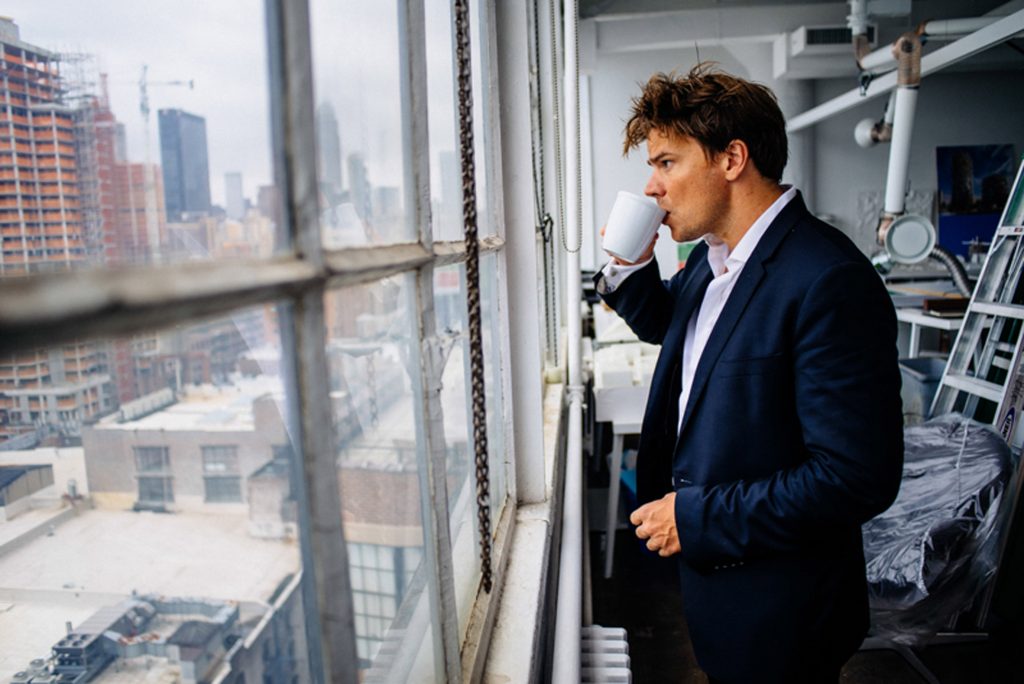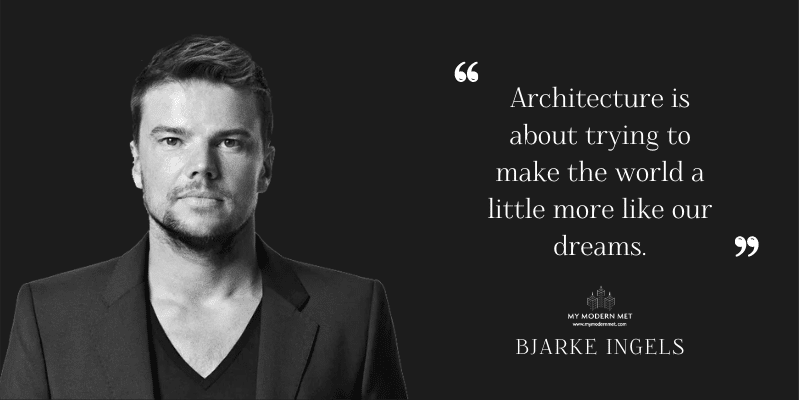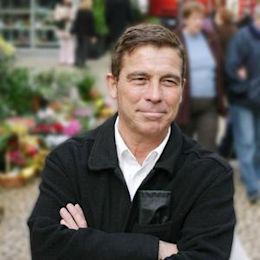Bjarke Bundgaard Ingels

Bjarke Bundgaard Ingels
Ingels was born in Copenhagen in 1974; his mother is a dentist and his father is an engineer. He started studying architecture at the Royal Danish Academy of Fine Arts in 1993 with the intention of becoming a cartoonist, believing that it would help him get better at drawing. After some time, he started to take an actual interest in architecture. At the Escola Tecnica Superior d’Arquitectura in Barcelona, he continued his studies in architecture, and in 1999 he returned to Copenhagen to receive his diploma. He established his first practice and won his first competition while a third-year student in Barcelona.
Ingels worked for Rem koolhaas at the Office for Metropolitan Architecture in Rotterdam from 1998 to 2001. He returned to Copenhagen in 2001 to launch the architectural firm PLOT with Belgian OMA coworker Julien de smedt. Due to their innovative designs, the company attracted both domestic and foreign notice. At the 2004 Venice Biennale of Architecture, they received a Golden lion for their design of a brand-new concert venue for Stavanger.
One of the most cutting-edge firms in the world for the definition of urban scenarios and perspectives is BIG, which Bjarke Ingels founded in 2005.
With a global reach and a penchant for cutting-edge theories about modern culture and lifestyles, BIG has worked on a wide range of projects.
Its two offices in Copenhagen and New York host specialists from all over the world, fostering cross-cultural interaction as a source of design wealth.
The group has experience in a variety of fields, including engineering, design, and architecture.
The studio also investigates new fields of study that are related to architecture, fostering research and developing fresh viewpoints on the places we will call home in the future.
Technologies for digital representation are considered as a tool to these ends rather than as an end in and of themselves. The subjects that Bjarke Ingels and his team care about the most and that are covered in each of his projects are society, economy, and ecology.
Ingels began his career as Rem Koolhaas’ assistant at OMA; in 2001, he co-founded PLOT (Julien De Smedt and Bjarke Ingels).
Their third housing project, 8 house, was the largest private development ever undertaken in Denmark and Scandinavia, combining retail with commercial row houses and apartments. It was commissioned by Store Frederikslund Holding, Hpfner A/S, and Danish Oil Company A/S in 2006 and completed in October 2010. Additionally, it is Ingels’ third residential construction in Restad after VM Houses and Mountain Dwellings


Ingels shared a variety of views about his design philosophies in an interview from 2010. He describes architecture as «the art of converting into physical structures all the immaterial elements of society—social, cultural, economic, and political.» Taking advantage of the increased concern for the future sparked by discussions on climate change, architecture should «arise from the earth.» Drawing specifically on the resources of the local climate, which might give «a method of significantly increasing the language of architecture,» he explains that buildings should «react to the local environment and climate in a form of conversation to make it habitable for human life.»

So now let talk about the book »I want to be an architect »
Campo Baeza

Based on his own experience, Campo Baeza expertly explains in this book what an architect goes through and what it’s like to work as an architect. He presents all of his concepts in a straightforward manner that enables us, as freshmen studying architecture, to understand everything he mentions with ease. As a result, we are better able to see our future selves and get a sense of what their educational and professional paths would entail.